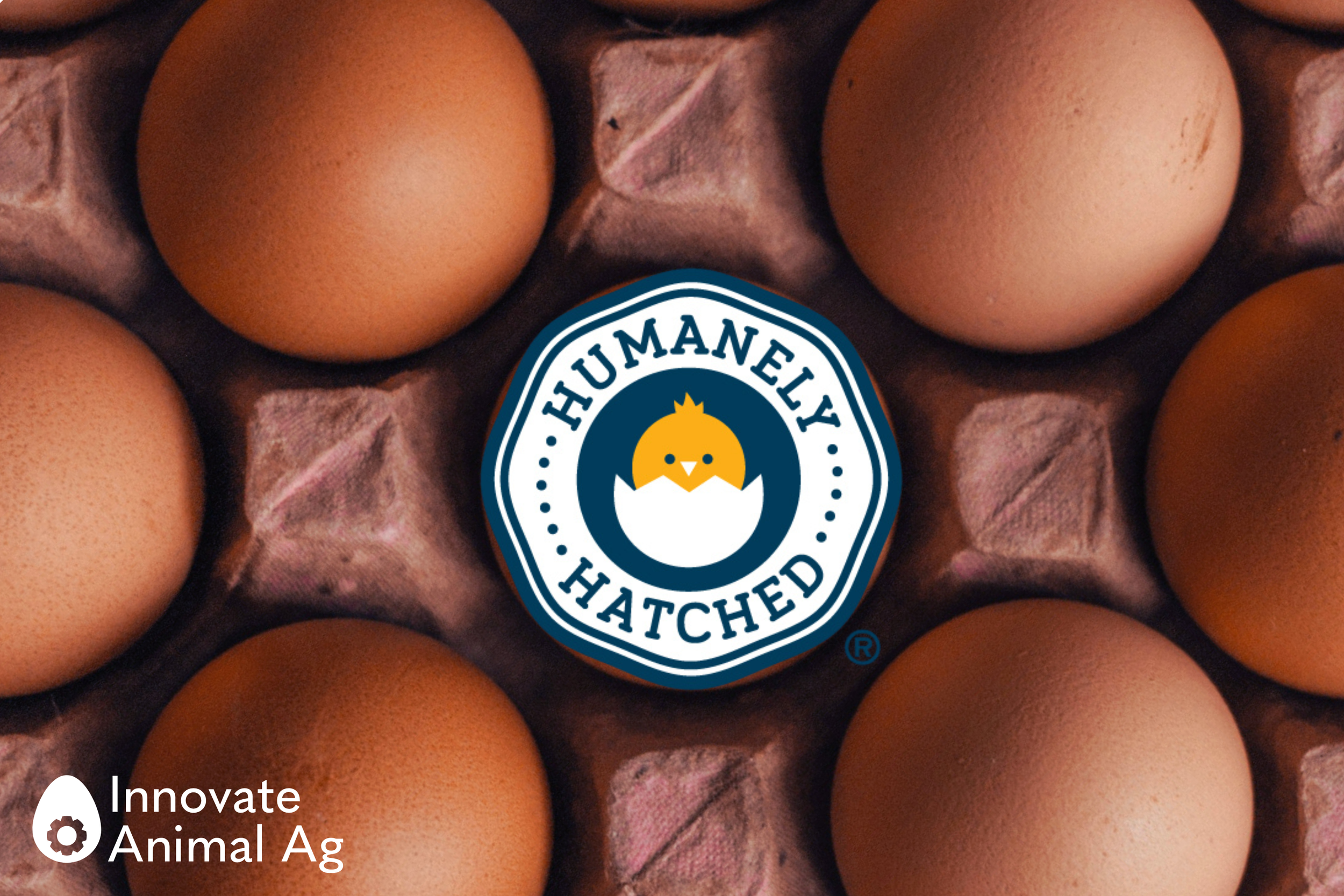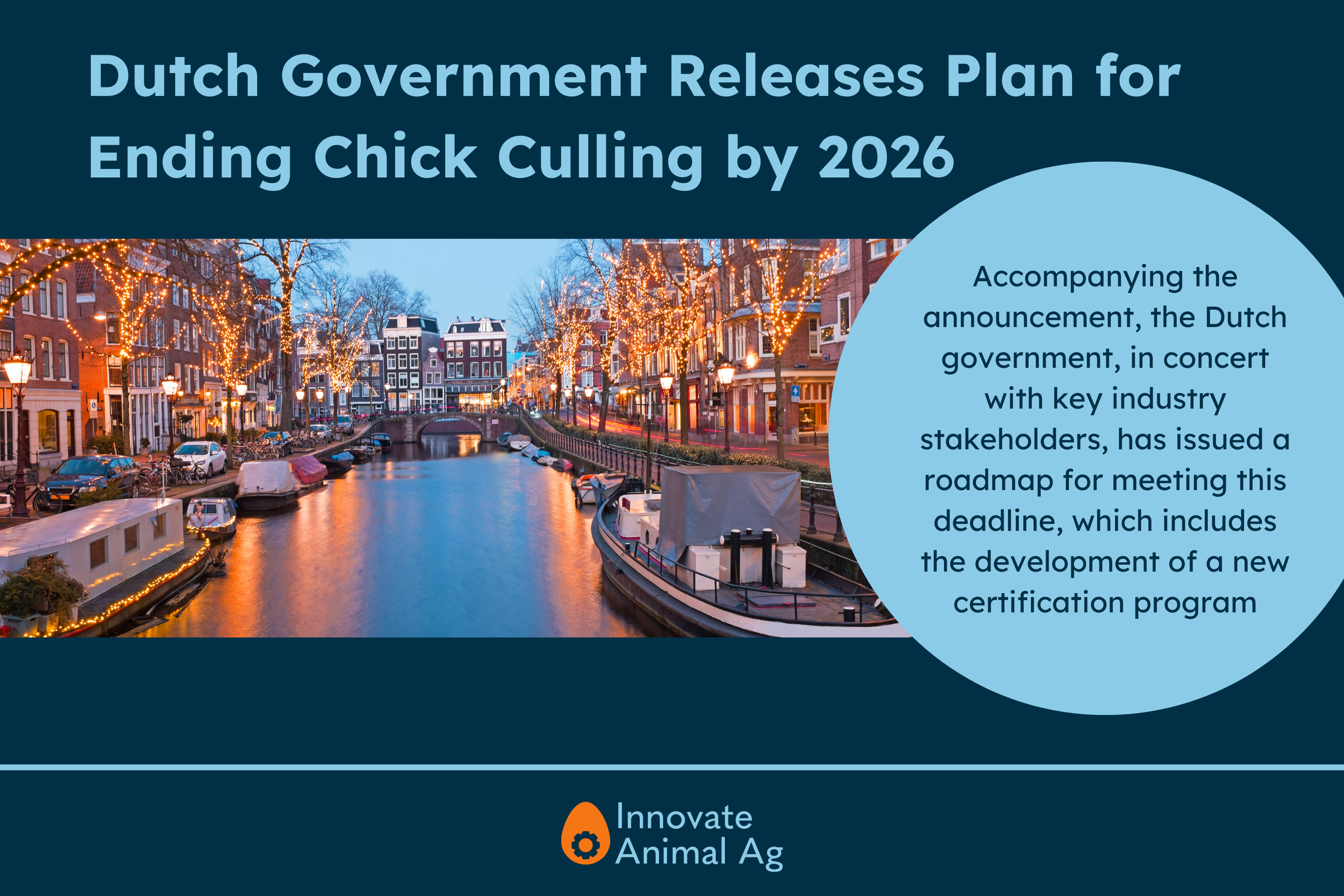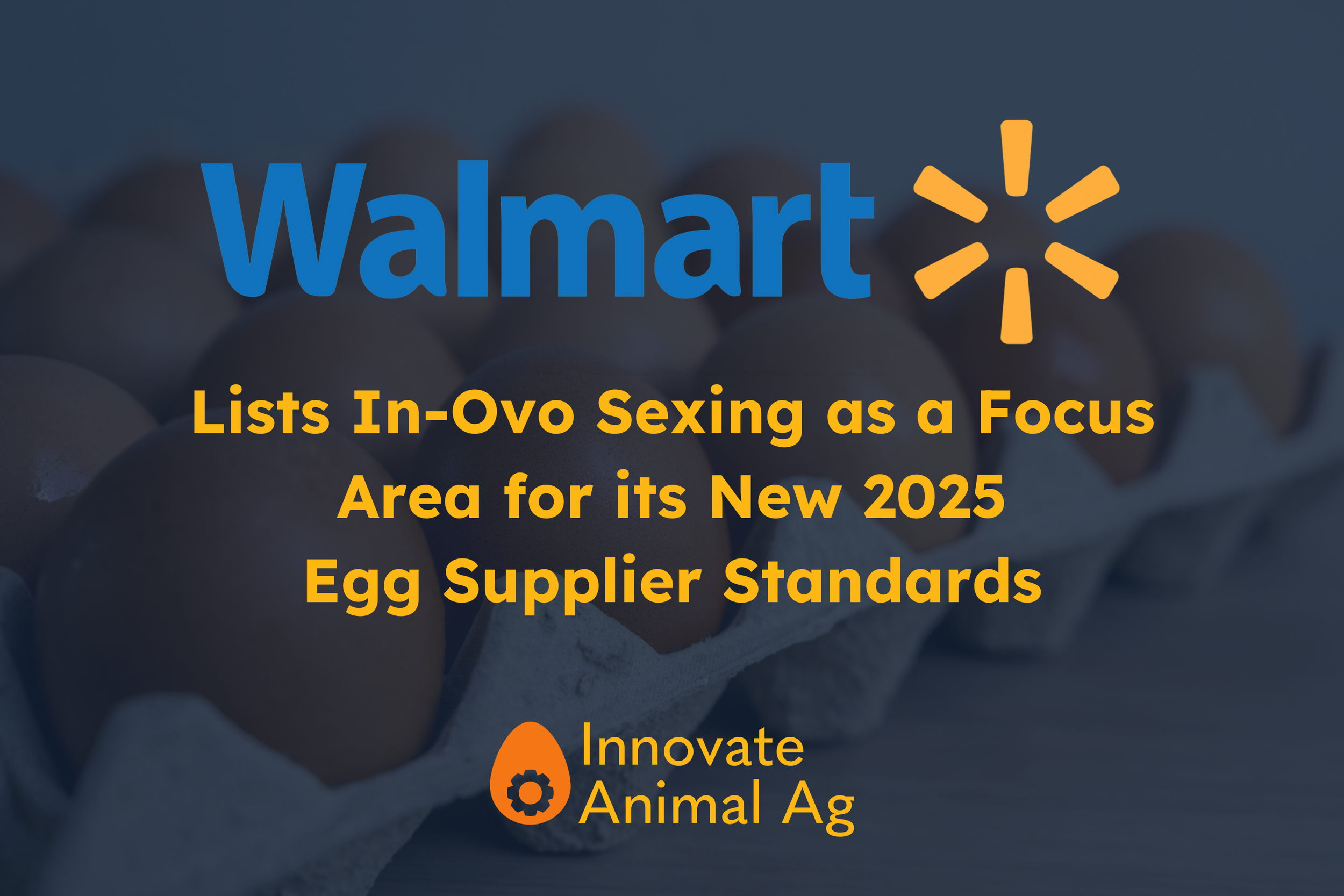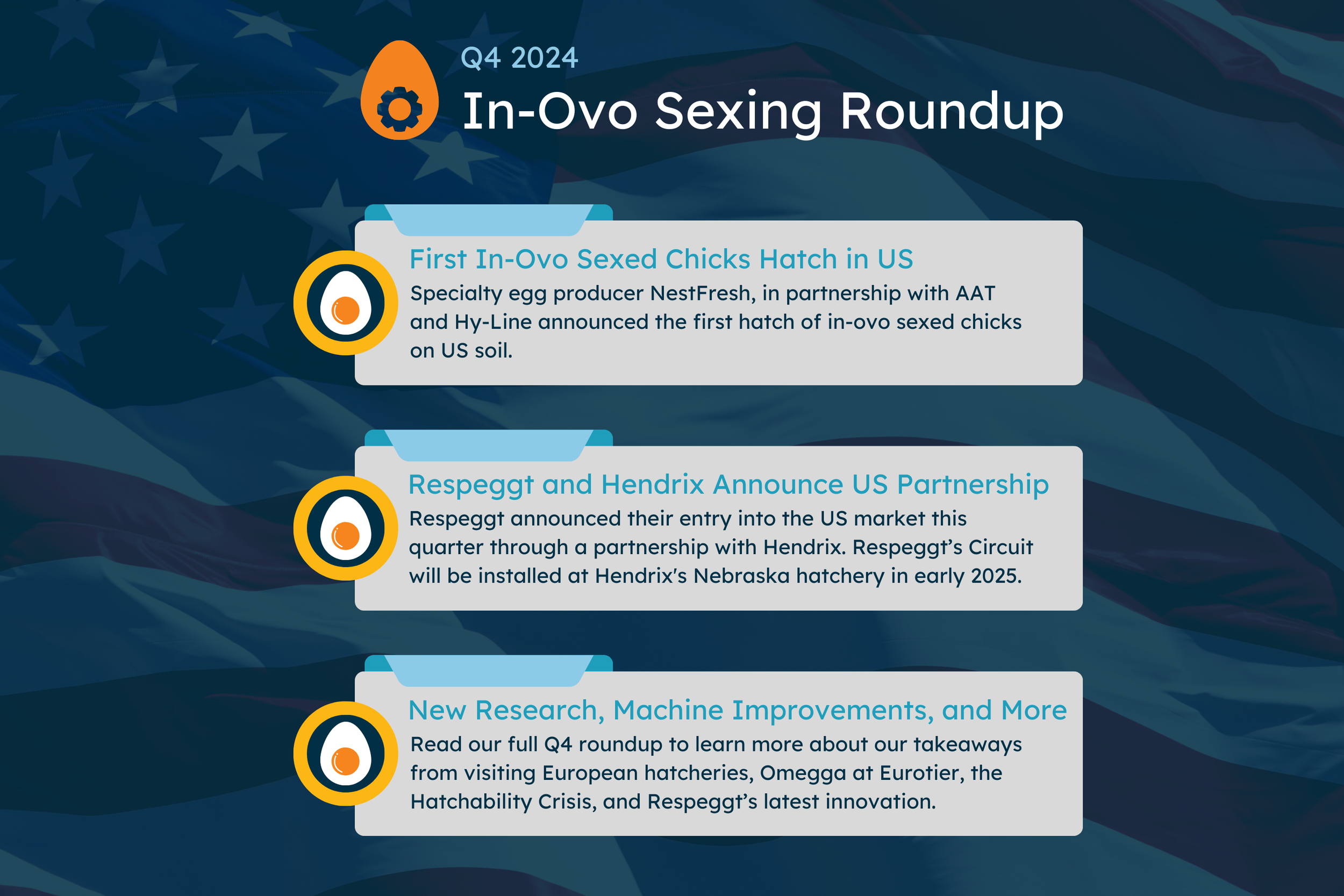In-Ovo Sexing 2023 in Review
If you haven’t looked into in-ovo sexing recently, your understanding is probably outdated. 2023 was a year of massive change for in-ovo sexing technology with a 60% increase in capacity, an influx of capital, and the publication of important new research.
Download the report to learn about the most important updates from 2023, key statistics from the industry, and the outlook for 2024.
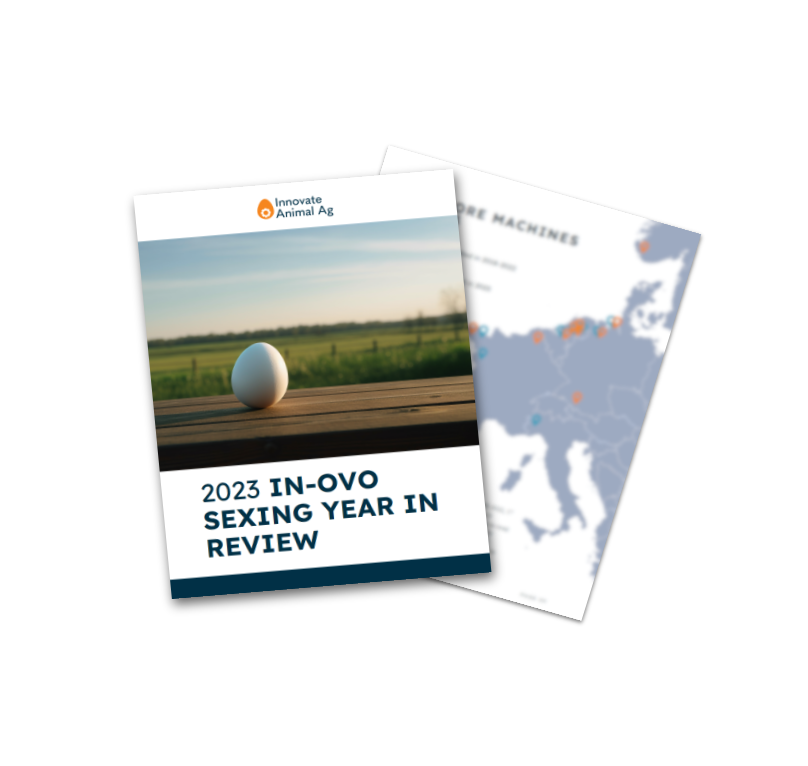
Key Findings
As of September 2023, 15% of the EU layer population was sexed in-ovo.
The subsequent quarter (Q4 2023) saw a further 23% increase in in-ovo sexing capacity, and showed no sign that the trend was slowing down.
The median willingness to pay for American egg shoppers is 36 cents per dozen, which is more than the retail cost impact seen in Europe.
Further Reading
A recent consumer survey commissioned by Innovate Animal Ag reveals strong Australian market demand for eggs produced using in-ovo sexing technology. The results indicate that egg producers who adopt this technology will find a consumer base willing and eager to pay premium prices.
NestFresh, a pioneer in the US specialty egg market, has unveiled its carton packaging and marketing strategy for the nation's first commercially available in-ovo sexed eggs under the new branding Humanely Hatched™
Welcome to Innovate Animal Ag’s in-ovo sexing quarterly roundup for Q2 2025, where we dive into the latest news for the technology, and what it means for consumers and producers across the globe.
A new era for the US egg industry continues to hatch as Hendrix Genetics’ Nebraska facility processes its first flock of in-ovo sexed chicks using Respeggt’s groundbreaking technology. The flock is destined for Kipster, the second egg producer in the US to publicly utilize the technology.
The United Egg Producers recently launched its in-ovo sexing certification standards, UEP Certified Hatch Check.
The New York Times recently published an opinion piece on in-ovo sexing which garnered comments from over 170 people. In-depth AI analysis of these comments painted a very optimistic and nuanced picture of how consumers will react to this technology, despite the sensationalized depiction of the topic of chick culling in the article.
We just launched our in-ovo sexing consumer survey for Brazil which reveals strong Brazilian market demand for eggs produced using in-ovo sexing technology.
Welcome to Innovate Animal Ag’s in-ovo sexing quarterly roundup for Q1 2025, where we dive into the latest news for the technology, and what it means for consumers and producers across the globe.
On Tuesday, the Dutch Ministry of Agriculture, Fisheries, Food Security and Nature announced their roadmap to end male chick culling for table eggs sold in The Netherlands by 2026.
Walmart, the world’s largest retailer, known for its budget friendliness and accessible offerings, recently released new animal welfare policies and guidelines where the company made the innovative decision to include in-ovo sexing as a focus area for its US egg suppliers. This forward thinking announcement from Walmart comes just two short months after the very first hatch of in-ovo sexed chicks on US soil, and it sends a compelling message about the future prospects of in-ovo sexing’s rollout.
Welcome to Innovate Animal Ag’s in-ovo sexing quarterly roundup for Q4 2024, where we dive into the latest news for the technology, and what it means for consumers and producers across the globe.


